"How We Uncovered a Rare Coin from the Second Temple Era"
After being closed for three years, the Davidson Center has reopened, revealing sensational historical discoveries, including a rare coin from the Second Temple era.
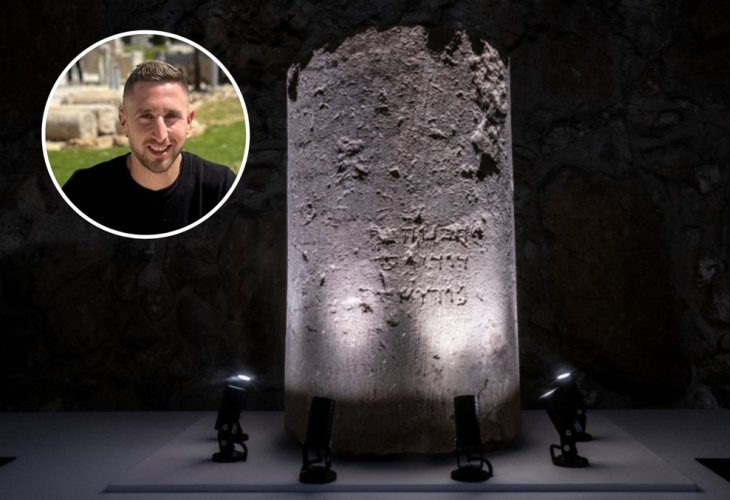 Photo: Shai Halevi, Israel Antiquities Authority. Inset: Nadav Monak
Photo: Shai Halevi, Israel Antiquities Authority. Inset: Nadav MonakIf you have passed by the Davidson Center in Jerusalem in recent years and wondered why this fascinating place was closed, you'll be delighted to hear that it reopened last week, revealing several rare historical discoveries.
The Davidson Center is one of the most famous tourist sites in Jerusalem, offering an experience of stepping back over 2000 years in time. There are few places in the city where one can tour and feel immersed in history, but visiting the archaeological garden – the Davidson Center – gives just that feeling.
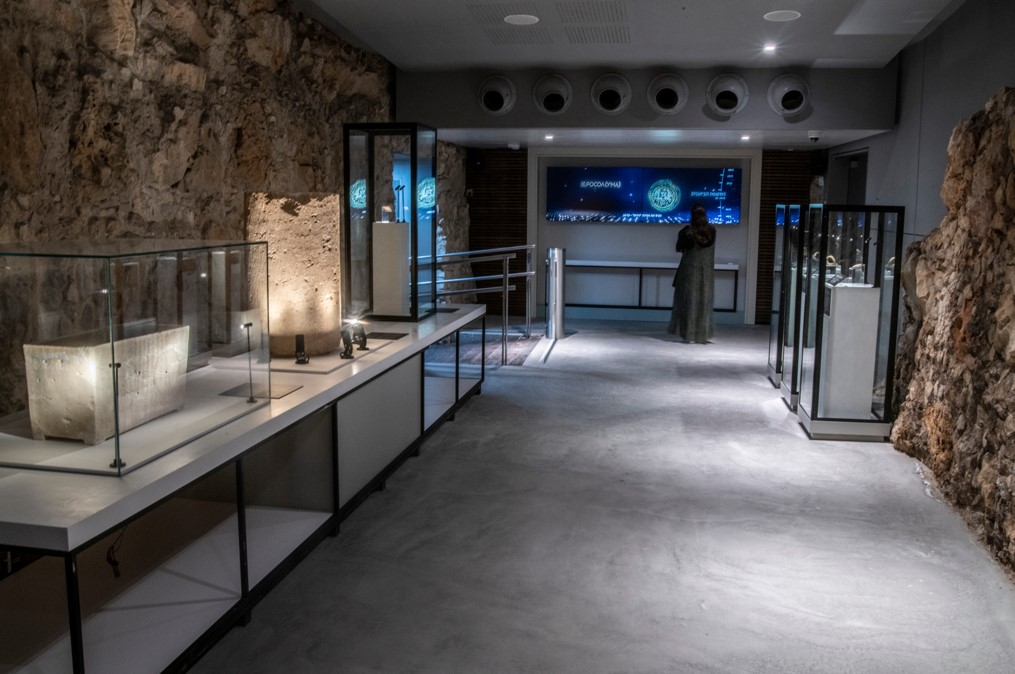 Photo: Shai Halevi, Israel Antiquities Authority
Photo: Shai Halevi, Israel Antiquities Authority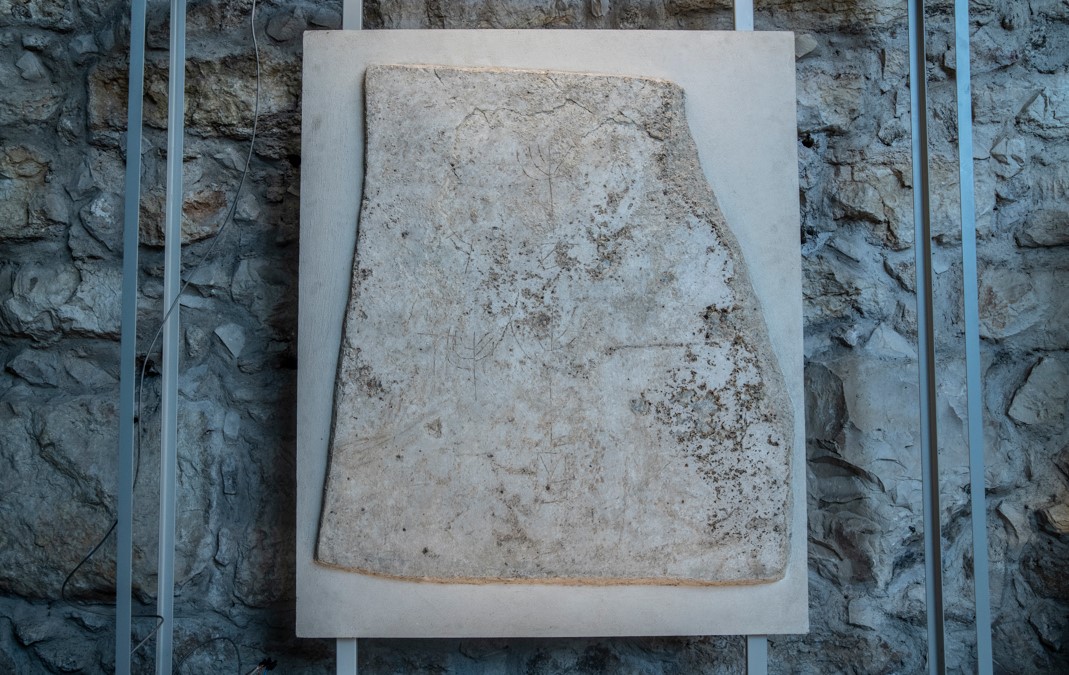 Photo: Shai Halevi, Israel Antiquities Authority
Photo: Shai Halevi, Israel Antiquities Authority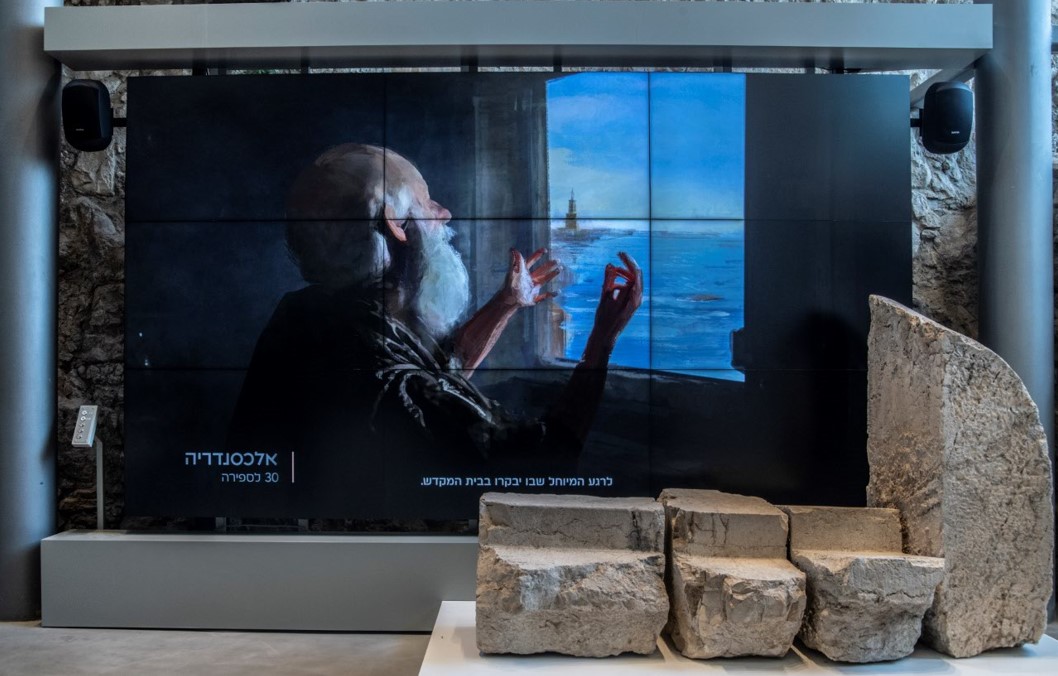 Photo: Shai Halevi, Israel Antiquities Authority
Photo: Shai Halevi, Israel Antiquities AuthoritySensational Discoveries
Nadav Monak, Tourism Director at the Company for the Rehabilitation and Development of the Jewish Quarter, shares that the uniqueness of the Davidson Center is that it's located precisely where one of the city's significant historical hubs was across the ages. "To reveal the ancient remains, archaeological excavations were carried out in the 2000s, removing about 350,000 cubic meters of earth from the site," he notes, "which allowed striking remains to begin to surface: purification baths used by pilgrims on their way to the Temple, remnants of shops along the roads, wide stairs built by Herod, Byzantine rooms, and other thrilling remains."
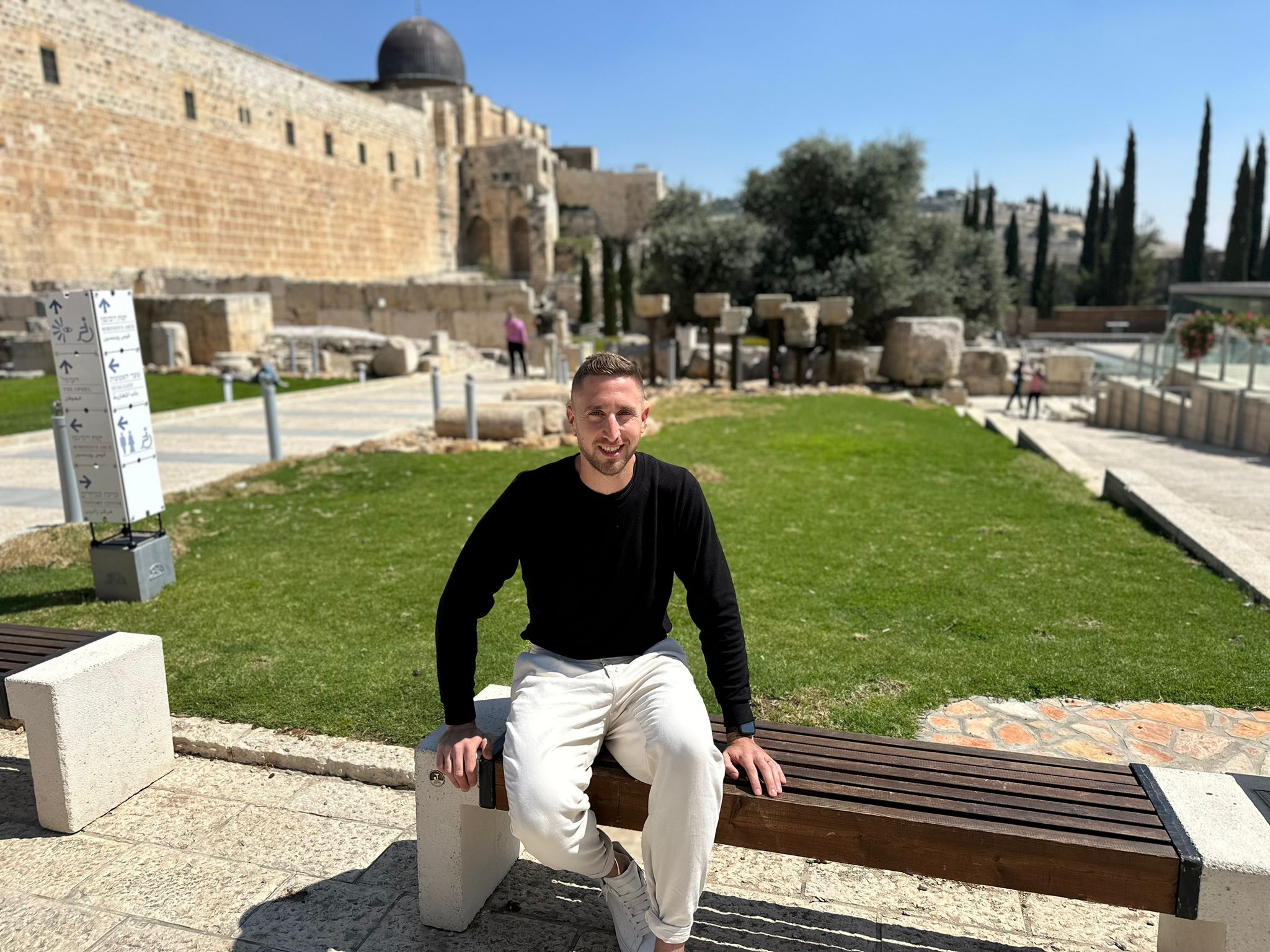
About three years ago, the Davidson Center was closed, with no access due to renovations. Now, it has reopened to the public, and during the renovation period, several authentic and exciting findings were also uncovered.
"During the renovations, we also expanded the museum space," notes Nadav, "and now you can be impressed by the findings and tour the site while viewing eleven moving exhibitions we established, most of which feature rare archaeological items. For example, the first exhibition space showcases the names of Jerusalem through six archaeological items found in various periods and places, from the Biblical era to the liberation of Jerusalem 55 years ago. In another exhibition, you can be impressed by archaeological findings from the archaeological garden, and in addition, we tell the story of the fully exposed southern wall, which was one of the important walls of the Temple Mount, along with an exhibit on the menorah, and more displays."
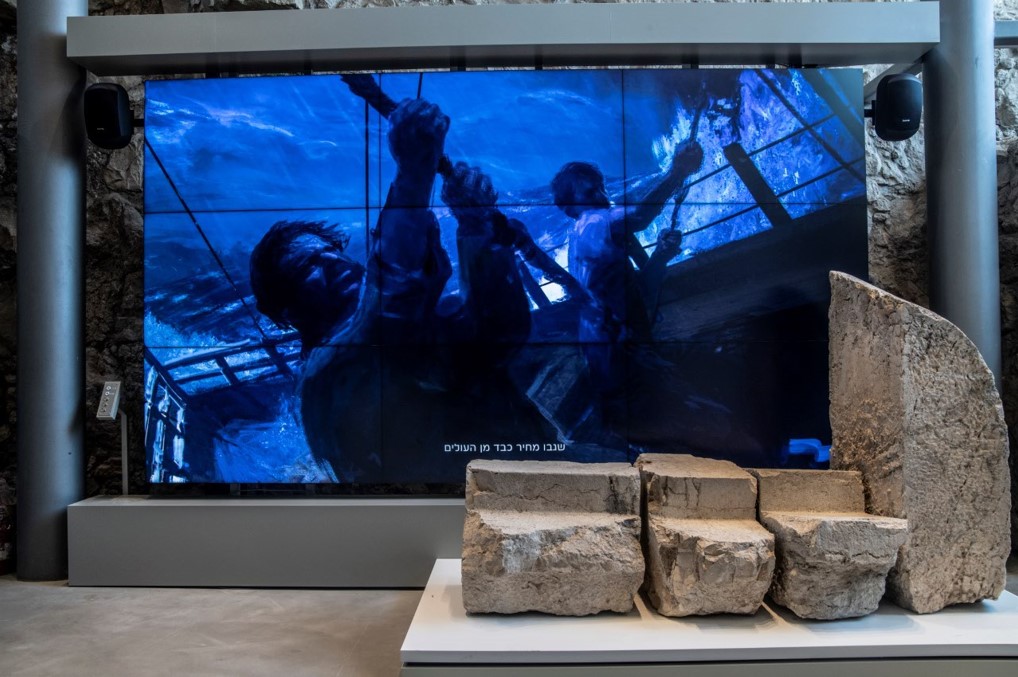 Photo: Shai Halevi, Israel Antiquities Authority
Photo: Shai Halevi, Israel Antiquities Authority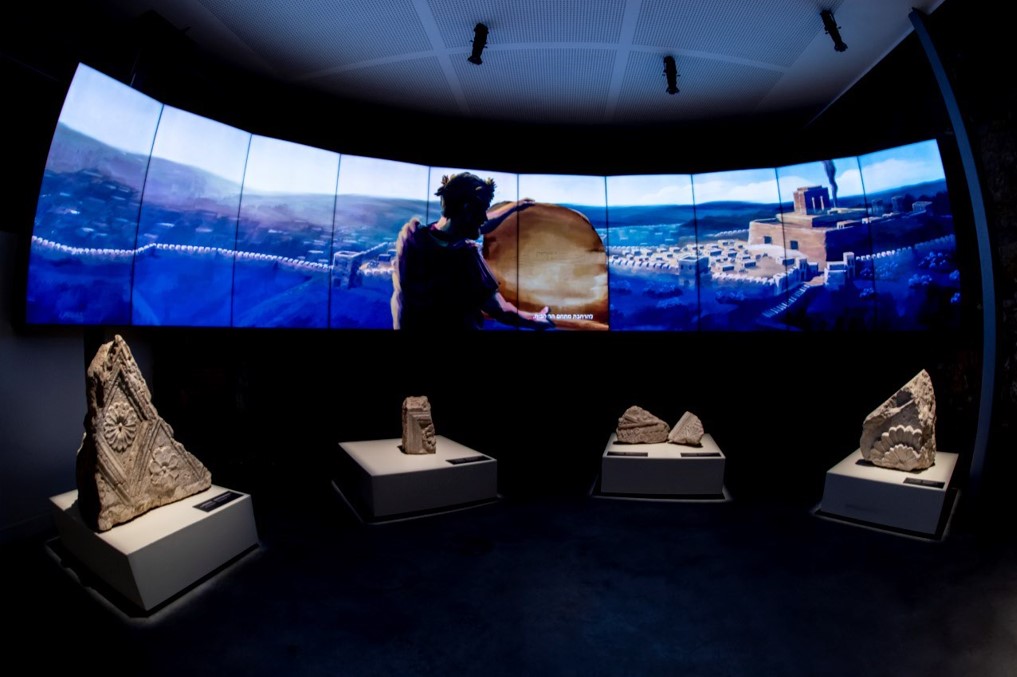 Photo: Shai Halevi, Israel Antiquities Authority
Photo: Shai Halevi, Israel Antiquities Authority"Among the exhibits, we have two items unveiled to the public for the first time. The first is a coin minted by Mattathias Antigonus II, the last Hasmonean king, featuring a depiction of the Temple's menorah. We’re talking about the period 107 years before the destruction of the Second Temple. The other exhibit is a plaster fragment from a burial cave from the Second Temple era, exposed in the 1950s in the Rehavia neighborhood, with five menorah engravings on one of its walls. This cave is dated to the Second Temple era. Over the coming year, we plan to add another exhibit—a stone found by fishermen near the Kinneret, also featuring menorah engravings, likely from the same period."
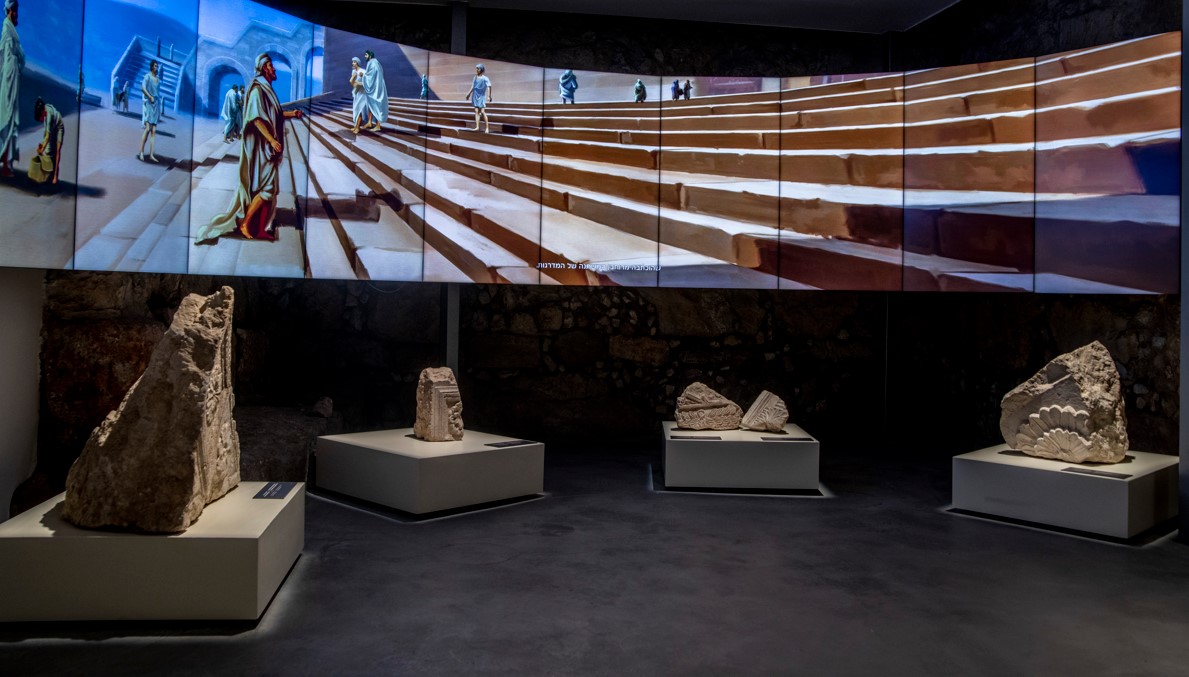 Photo: Shai Halevi, Israel Antiquities Authority
Photo: Shai Halevi, Israel Antiquities Authority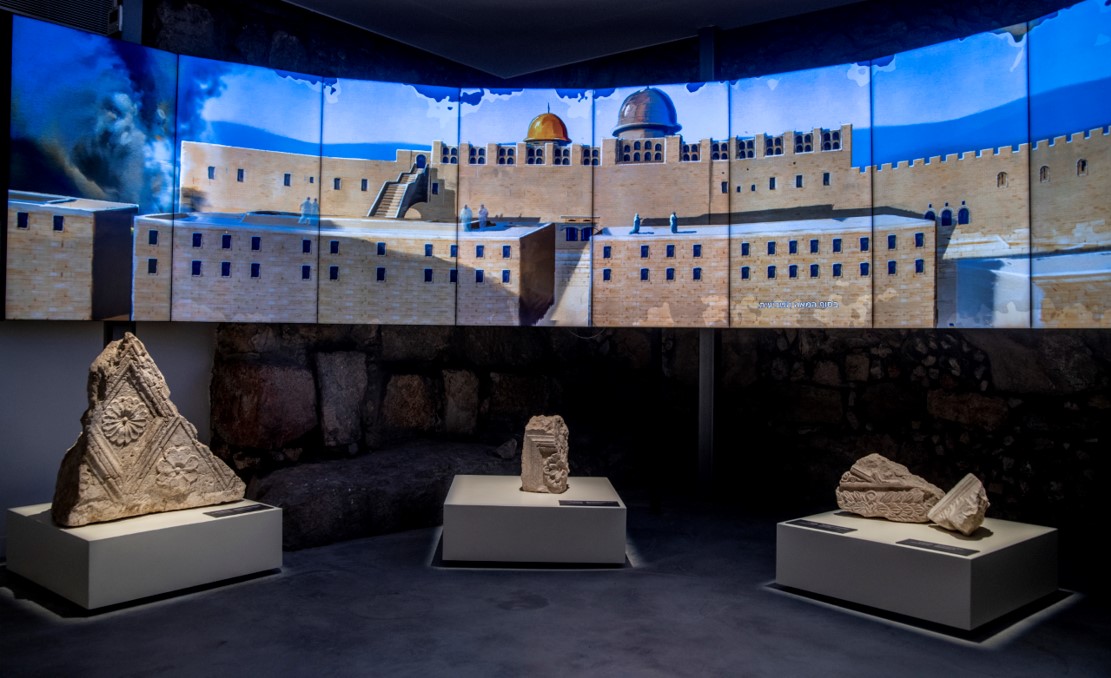 Photo: Shai Halevi, Israel Antiquities Authority
Photo: Shai Halevi, Israel Antiquities Authority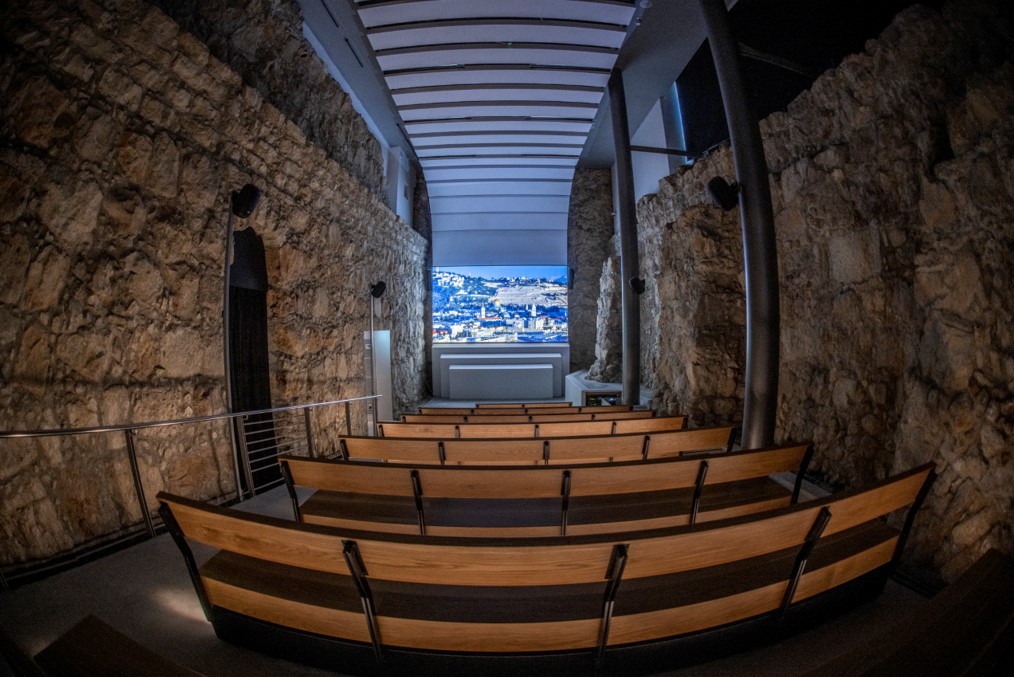 Photo: Shai Halevi, Israel Antiquities Authority
Photo: Shai Halevi, Israel Antiquities Authority
Looking Forward
Nadav mentions there is also a new, first-of-its-kind exhibition featuring original fragments of steps from Robinson's Arch, which served as one of the entrances to the Temple Mount complex. Visitors can then move to a gallery in a new wing with many more findings that can be touched, allowing them to feel the history.
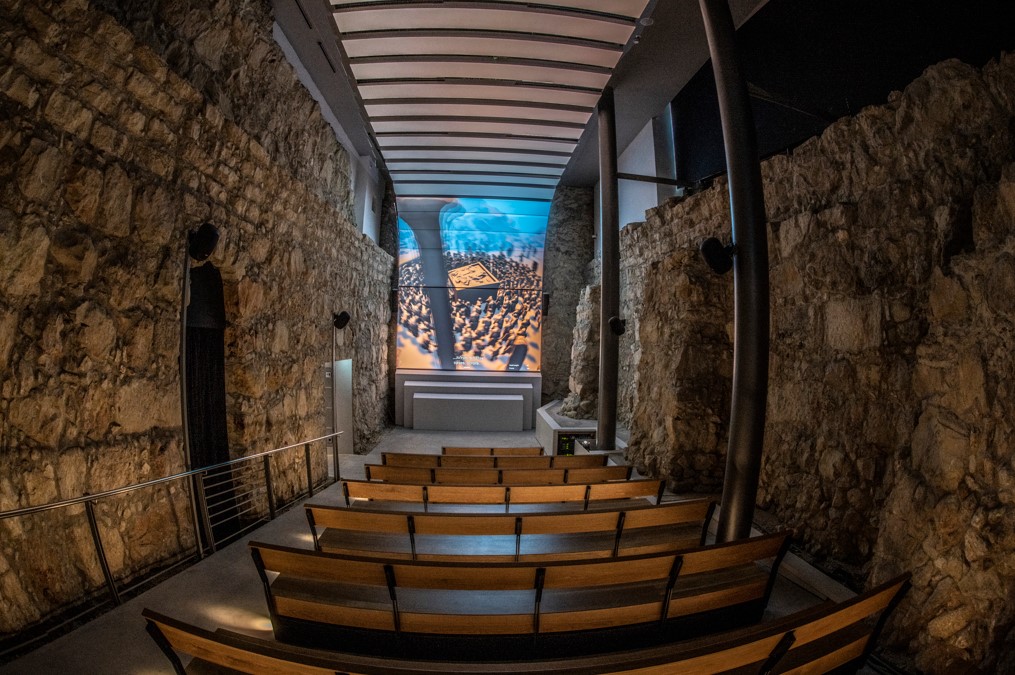 Photo: Shai Halevi, Israel Antiquities Authority
Photo: Shai Halevi, Israel Antiquities Authority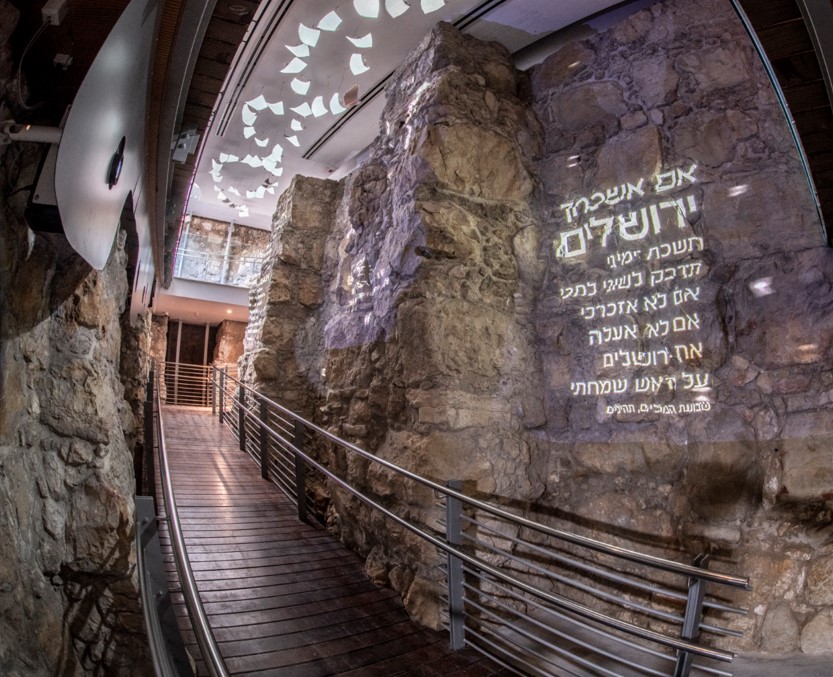 Photo: Shai Halevi, Israel Antiquities Authority
Photo: Shai Halevi, Israel Antiquities Authority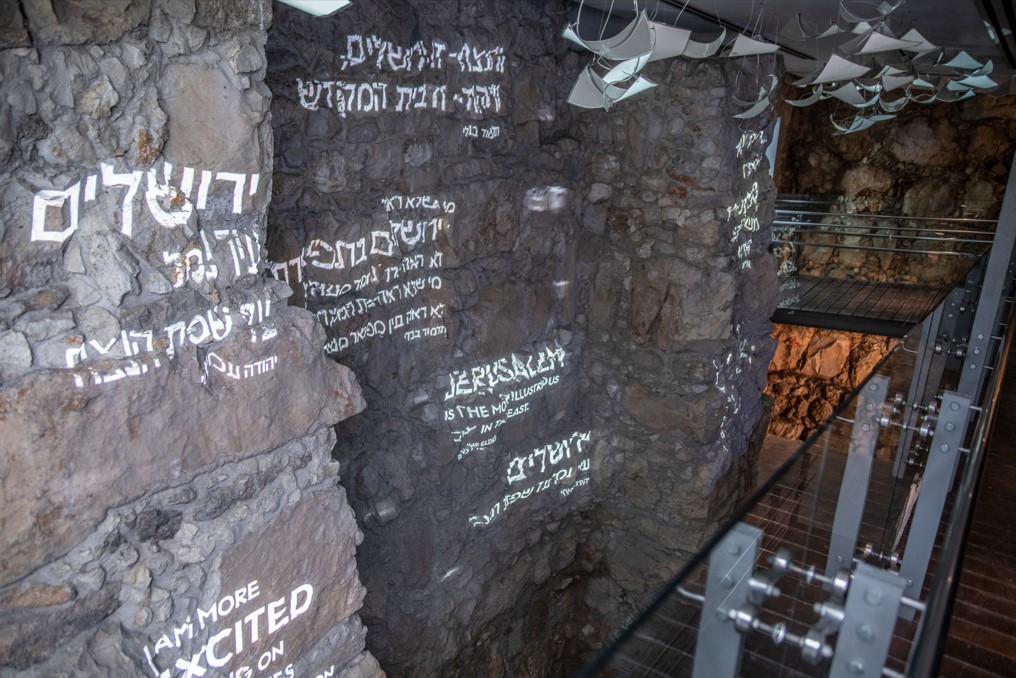 Photo: Shai Halevi, Israel Antiquities Authority
Photo: Shai Halevi, Israel Antiquities AuthorityAfter two decades of archaeological excavations, do you think you've already found most of the important discoveries?
"Archaeological excavations are never complete," Nadav believes. "As the Tourism Director for the Jewish Quarter, I can say that the Company for the Rehabilitation of the Quarter continuously operates. These days, work is being done to make the broad wall in the Jewish Quarter accessible, so people can touch and closely admire it. Additionally, there is intensive work on the Herodian Quarter, as well as vigorous efforts on the 'Tiferet Yisrael' Synagogue, with the hope of inaugurating it in the next two years, and the highlight – intensive work on the Western Wall elevator, which is expected to operate within three years. This will be a great benefit to the public."
On a personal note, Nadav mentions that the work in the area is extremely exciting. "You come here every day to a place where you walk on a street from 2000 years ago, and it's simply thrilling. You don't have to be religious to connect with this feeling; it overwhelms you naturally."

